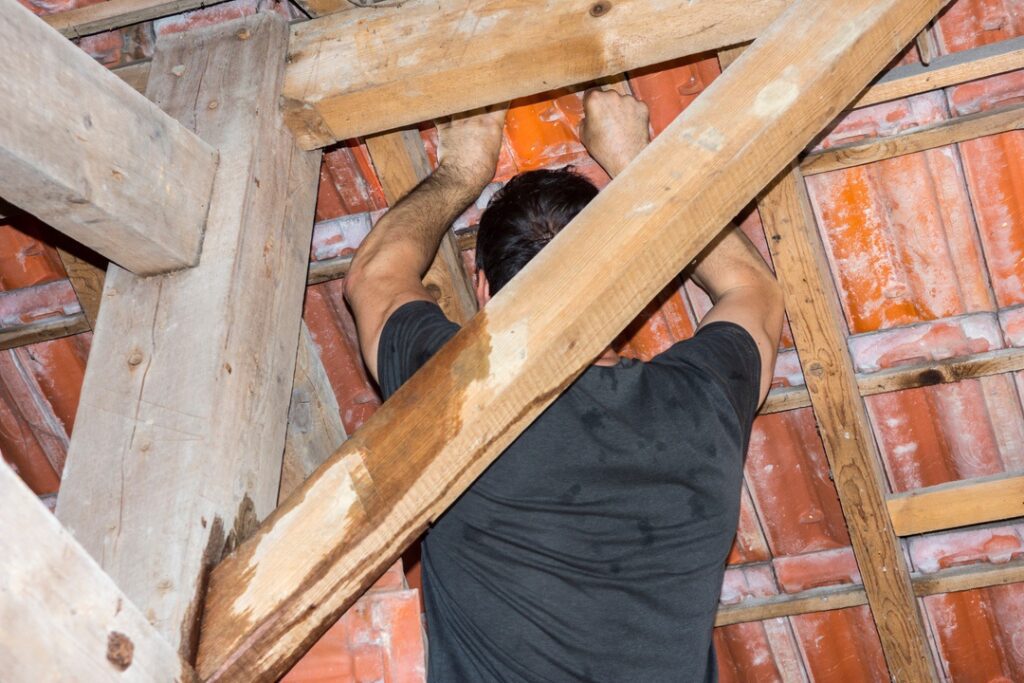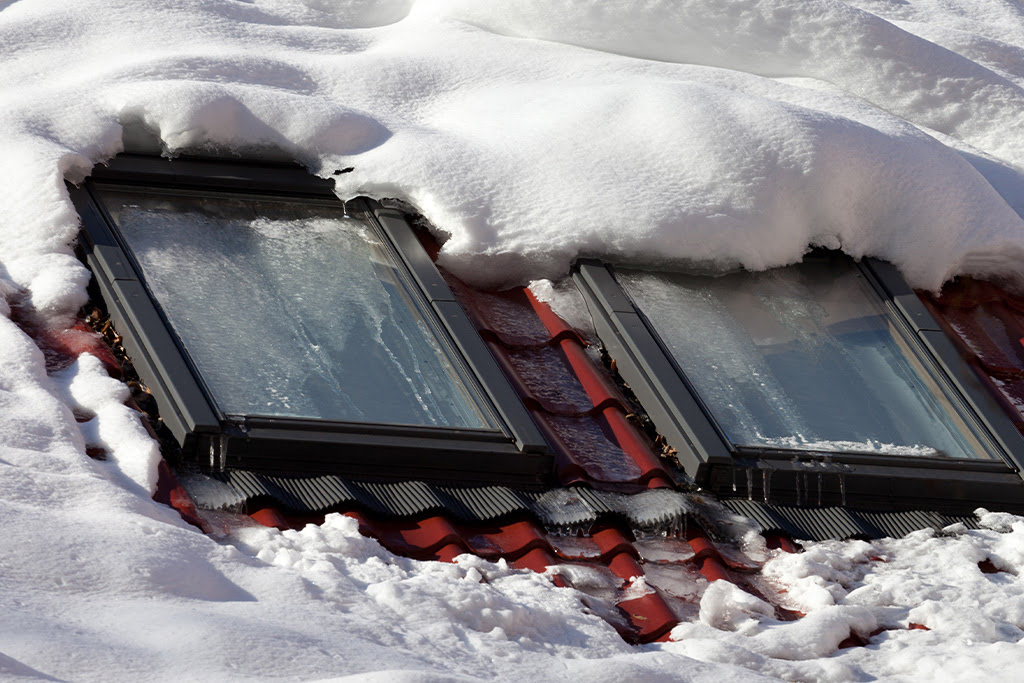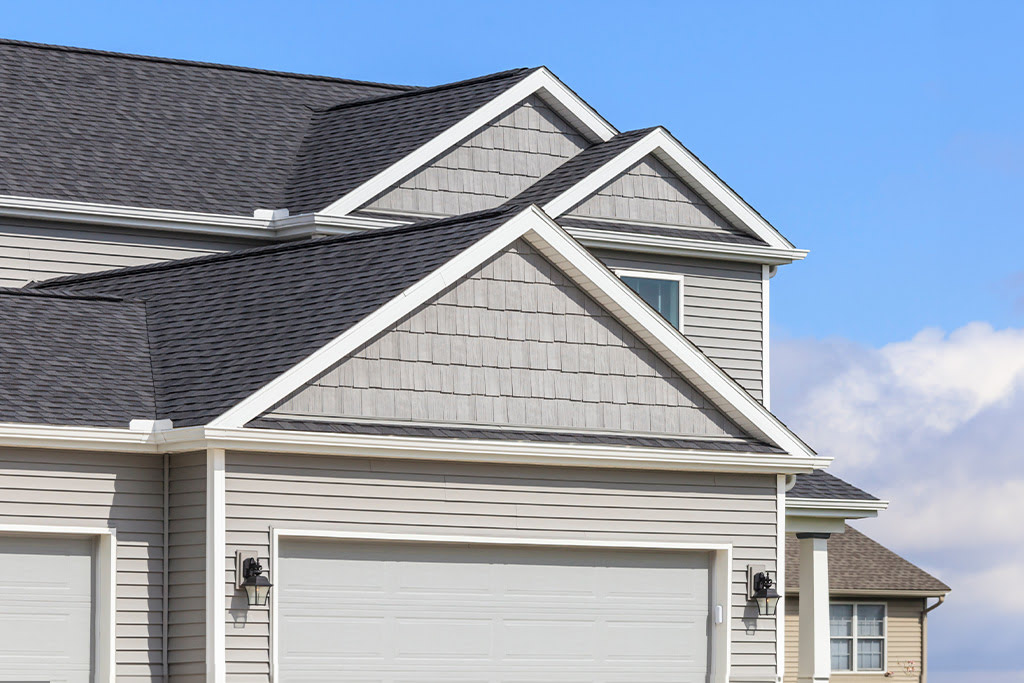Roofs and roofing, Tips & Useful Info
As leading roofing professionals in Calgary, the Guns N Hoses team is here to show you why roof ventilation matters—and how you can improve yours. Read on to learn about different kinds of vents for your roof and how they can save you money over time.
...

Ventilation might not be the part of your roof you think most about, but it’s surprisingly important. If you're striving for a roof that can offer you years of reliable protection and save you money in the long run, understanding why roof vents matter and what different kinds exist is critical.
Fortunately, as some of Calgary’s most experienced roofing contractors, the Guns N Hoses team is here to tell you all about why roof ventilation matters. Read on as we cover the different kinds, their pros and cons, common signs of ventilation problems, and more.

Why Does Roof Ventilation Matter (& How Does It Work)?
Simply put, the purpose of roof ventilation is to keep a continuous flow of outside air through the attic (or directly beneath the roof deck for homes without attics). This serves two main purposes:
- Keeping your home energy efficient by preventing heat from building up and overworking your cooling equipment
- Preventing moisture from accumulating and potentially causing water damage within your home
Although there are different kinds of vents (which we’ll get to in a moment), the ventilation process works in a fairly straightforward way: intake vents are placed at the roof's lowest point, and exhaust vents are installed at the roof's peak. This setup allows for a natural flow of air, with cool air entering through the intakes and warm, moist air exiting through the exhausts.

Different Types of Roof Ventilation Systems
There are several types of roof ventilation systems available, such as:
- Solar Vents: These innovative vents use solar power to pull hot air out of your home’s upper levels and bring cool air in.
- Ridge Vents: These are installed along the ridge line, or peak, of your roof. Ridge vents run the entire length of the ridge, allowing warm, moist air to escape from the highest point in your attic.
- Soffit Vents: Soffit vents are installed in the eaves of your roof, allowing cool air to enter the attic. They're typically placed along the underside of your home's overhangs.
- Gable Vents: As the name implies, gable vents are installed in the gable ends of a house. They allow air to circulate freely in the attic, acting as an exhaust for hot air.
- Turbine Vents: These are dome-shaped vents that use wind power to create a strong updraft of air. Turbine vents are effective in expelling hot air and promoting air circulation in the attic.
While the above differ in design and placement, their functions revolve around the same principle of circulating air to eliminate excess heat and moisture. Solar vents take a unique approach to this concept by using solar energy to actively circulate air through your attic, which effectively reduces the risk of air settling under your roof and becoming trapped.
The Benefits of Proper Roof Ventilation
Preventing heat and moisture buildup under your roof with proper ventilation has a few side benefits as well. These include:
- Keeping your attic cool during the summer
- Reducing your energy consumption and saving you money on your energy bills
- Lowering the odds of pests that are drawn to moisture infesting your attic
Effects of Inadequate Roof Ventilation
Ignoring the ventilation of your roof can lead to a host of problems, including:
- Mold growth due to excess moisture
- Condensation problems
- Ice dams in winter
- Reduced energy efficiency due to trapped heat
- Possible pest problems from cockroaches, silverfish, and others

Signs of a Ventilation Problem
Many of the problems above are noticeable signs that you might have an issue with your roof’s ventilation. But here are a few other signs that something might be wrong:
- Musty or moldy odors in your home
- High energy bills
- Curling or buckling shingles
- High levels of humidity in your attic or on upper floors
Assessing Your Roof Ventilation System
The general rule of thumb according to industry best practices is to have 1 square foot of vent area for every 300 square feet of attic floor space. However, note that these ratios can change based on different factors like whether the attic has a vapor barrier or the slope of the roof.
The best way to assess the health of your roof’s ventilation system is to contact our professional roofers, who can tell you definitively if you have problems that need to be addressed.
However, it’s easy to get a basic idea of whether your roof vents are working by yourself—simply check for visible signs of damage, make sure your vents are unblocked, and keep an eye out for the issues mentioned above.
Improving Your Roof's Ventilation
Remember, it's important to consider the balance of intake and exhaust vents for optimal airflow. It may also be worth upgrading from passive vents (like ridge, soffit, and gable vents) to a more active solution like solar vents, as these can be more effective at cycling air in and out of your home.
Long-Term Consequences of Ignoring Ventilation Issues
On the other hand, ignoring roof ventilation issues is all too easy—and it can result in expensive problems. These include:
- Having to make structural repairs due to moisture damage
- Decreasing the lifespan of your roof due to shingle deterioration
- Increasing your home’s cooling costs as heat becomes trapped indoors
Costs & Savings of Ventilation Improvement
The costs of improving your roof's ventilation will vary based on the type and extent of the upgrades. However, these upgrades could result in substantial energy savings over time (over 10% of your cooling costs for some homes), as well as an increased lifespan for your roofing materials—both of which can offset the initial investment in the long run.
If you’re looking for a cost-effective way to upgrade your roof ventilation or simply haven’t checked it in a while, it might be time to reach out to our professional roofing contractors. We’ll be able to offer expert advice tailored to your specific situation and recommend a solution that fits your needs and budget.



